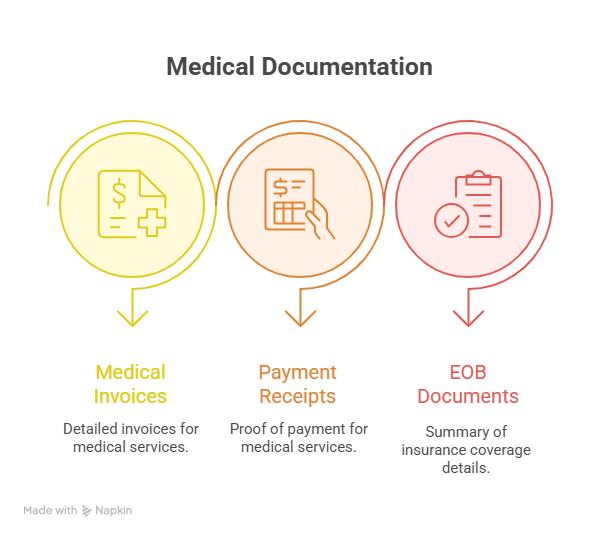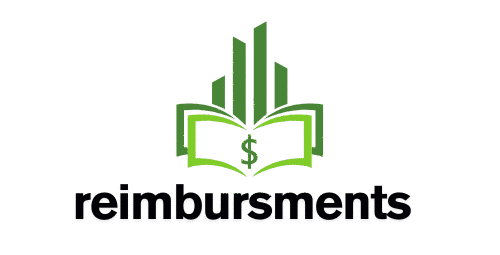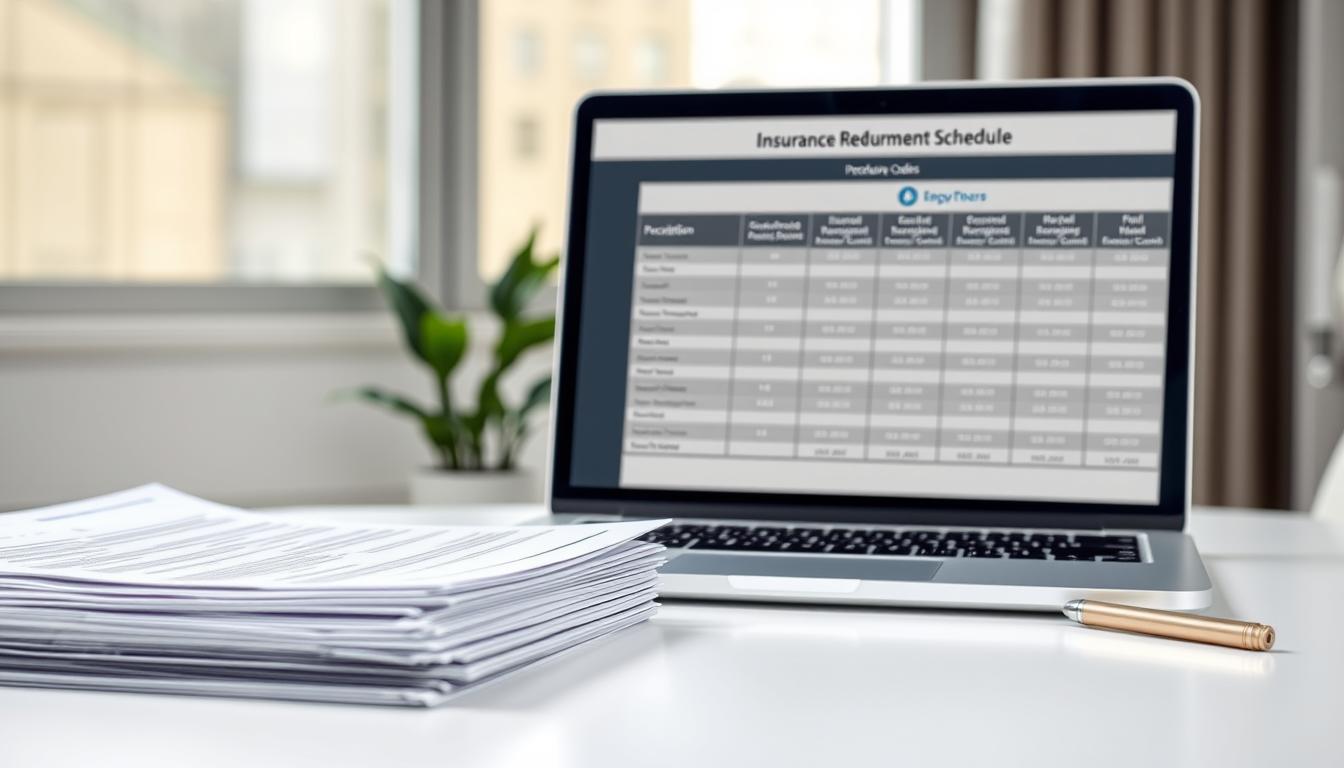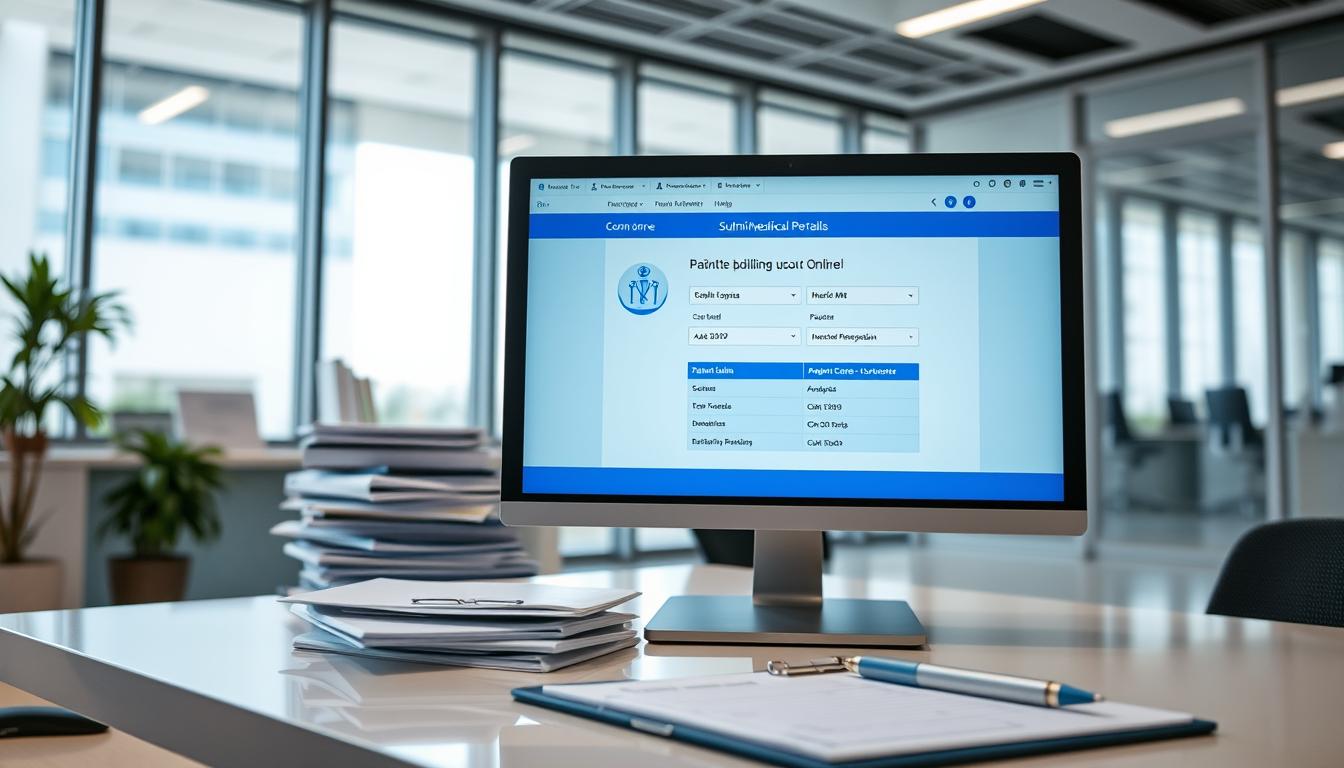Navigating the complexities of healthcare claims can be daunting. Did you know that millions of Americans struggle with the healthcare claims processing every year?
Understanding the medical reimbursement submission is crucial for a smooth experience. This guide simplifies the medical expense reimbursement process, breaking it down into manageable steps.
By the end of this article, you’ll be equipped with the knowledge to efficiently handle your claims, ensuring you receive the reimbursement you’re entitled to.
Understanding Medical Expense Reimbursement Eligibility
To successfully claim medical expense reimbursement, it’s crucial to comprehend the eligibility requirements that govern this process. Medical expense reimbursement eligibility is determined by several key factors.
Types of Qualifying Medical Expenses
Not all medical expenses qualify for reimbursement. Eligible expenses typically include costs associated with medical care, such as doctor visits, hospital stays, prescriptions, and certain medical equipment.
Examples of qualifying medical expenses are:
- Doctor visits and consultations
- Hospital stays and surgical procedures
- Prescription medications
- Medical equipment like wheelchairs or crutches
Insurance Coverage vs. Out-of-Pocket Expenses
Understanding the difference between insurance coverage and out-of-pocket expenses is vital. Insurance coverage refers to the medical expenses covered by your insurance plan, while out-of-pocket expenses are costs you pay directly.
Time Limitations for Claim Submission
There’s usually a time limit for submitting medical expense reimbursement claims. This can vary depending on the insurance provider or company policy.
| Claim Type | Time Limit | Additional Notes |
|---|---|---|
| Insurance Claims | Typically within 90 days | Check with your insurance provider |
| Company Reimbursement | Varies by company policy | Refer to your HR department for specifics |
Understanding these eligibility criteria can significantly simplify the medical expense reimbursement process.
The Medical Expense Reimbursement Process: Step-by-Step
Simplifying the medical expense reimbursement process into actionable steps can significantly reduce the stress associated with it. By understanding and following these steps, individuals can ensure a smoother reimbursement experience.
Gathering Essential Documentation
The first step in the medical expense reimbursement process is gathering all necessary documentation. This includes medical bills, receipts, and Explanation of Benefits (EOB) documents.
Medical Bills and Receipts
It’s crucial to collect detailed medical bills and receipts for all expenses. These documents should include the date of service, description of the service, and the amount charged. Ensure that all receipts are legible and not damaged.
Explanation of Benefits (EOB) Documents
EOB documents provide a summary of the medical services received and the amount covered by the insurance. Review these documents carefully to understand what is covered and what is not.
| Document Type | Description | Importance |
|---|---|---|
| Medical Bills | Detailed invoices for medical services | High |
| Receipts | Proof of payment for medical services | High |
| EOB Documents | Summary of insurance coverage | High |

Completing Reimbursement Forms Correctly
Once all documentation is gathered, the next step is to complete the reimbursement forms accurately. Double-check all information for accuracy to avoid delays in the reimbursement process.
Submission Methods and Tracking Your Claim
Reimbursement forms can typically be submitted online, by mail, or in-person, depending on the employer’s or insurance company’s policies. Keep a record of your submission and track the status of your claim to ensure it’s processed.
Handling Claim Denials and Appeals
If a claim is denied, it’s essential to understand the reason for the denial and the appeals process. Review the denial letter carefully and gather additional information if necessary to support your appeal.
By following these steps and understanding the healthcare reimbursement guidelines, individuals can navigate the reimbursement validation process and claim settlement process more effectively.
Simplifying Medical Expense Reimbursement
Navigating the medical claims reimbursement protocol can be complex, but understanding the medical expense reimbursement process is crucial for managing healthcare costs effectively. By following the step-by-step guide outlined in this article, individuals can ensure they are well-equipped to handle the reimbursement process with ease.
The key to a successful reimbursement lies in understanding eligibility, gathering essential documentation, and completing reimbursement forms correctly. By being aware of the time limitations for claim submission and knowing how to handle claim denials, individuals can avoid common pitfalls in the medical expense reimbursement process.
By simplifying the medical claims reimbursement protocol, individuals can reduce stress and focus on their health and well-being. Staying informed and proactive is essential for maximizing reimbursement benefits and minimizing out-of-pocket expenses.
FAQ
What is the medical expense reimbursement process?
The medical expense reimbursement process involves submitting claims for medical expenses incurred to receive reimbursement from your insurance provider or employer.
What are the eligibility criteria for medical expense reimbursement?
Eligibility criteria for medical expense reimbursement typically include having a qualifying medical expense, being covered under a health insurance plan or employee benefits program, and submitting claims within the designated time frame.
What types of medical expenses are eligible for reimbursement?
Eligible medical expenses may include doctor visits, hospital stays, prescriptions, medical equipment, and other healthcare-related expenses as defined by your insurance provider or employer.
How do I submit a claim for medical expense reimbursement?
To submit a claim, you will typically need to gather essential documentation, complete a reimbursement form, and submit it to your insurance provider or employer via mail, email, or online portal.
What happens if my claim is denied?
If your claim is denied, you can appeal the decision by providing additional information or documentation to support your claim. You may also want to review your insurance policy or employee benefits program to understand the denial reason.
How long does it take to receive reimbursement for my medical expenses?
The time it takes to receive reimbursement varies depending on the insurance provider or employer, but typically ranges from a few days to several weeks after submitting a complete and accurate claim.
Can I track the status of my medical expense reimbursement claim?
Yes, you can usually track the status of your claim by contacting your insurance provider or employer’s HR department or using an online portal to check the claim status.
What is the claim settlement process for medical expense reimbursement?
The claim settlement process involves verifying the claim, processing the reimbursement, and issuing payment to you. The specifics may vary depending on your insurance provider or employer.




